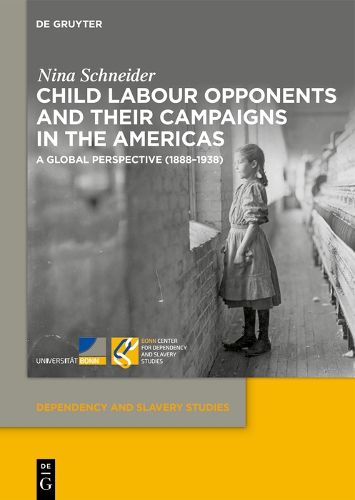Readings Newsletter
Become a Readings Member to make your shopping experience even easier.
Sign in or sign up for free!
You’re not far away from qualifying for FREE standard shipping within Australia
You’ve qualified for FREE standard shipping within Australia
The cart is loading…






This book delves into the past and examines the origins of activism against child labour. It addresses a hitherto under-examined question: how and why did child labour develop into a key concern between the 1880s and 1930s? Who were the protagonists who first raised the issue of child labour as a global concern? The study aims to provide the first account of the history of diverse and locally grounded - but nationally and frequently globally connected - child labour opponents in the Americas, their motivations and campaigns, at the turn of the 20th century. I argue that, for the period between 1888 and 1938, one can identify similar protagonists, a joint goal, a broadly similar timing, common platforms, comparable campaigning mechanisms and many types of connections or entanglements across regions. Nevertheless, in contrast to the global anti-slavery movement, child labour opponents formed a loosely institutionalised network which lacked an international organisation that focused specifically on child labour. A global history approach to child labour opponents helps reveal large-scale patterns across societies and highlight similarities and differences between cases.
$9.00 standard shipping within Australia
FREE standard shipping within Australia for orders over $100.00
Express & International shipping calculated at checkout
This book delves into the past and examines the origins of activism against child labour. It addresses a hitherto under-examined question: how and why did child labour develop into a key concern between the 1880s and 1930s? Who were the protagonists who first raised the issue of child labour as a global concern? The study aims to provide the first account of the history of diverse and locally grounded - but nationally and frequently globally connected - child labour opponents in the Americas, their motivations and campaigns, at the turn of the 20th century. I argue that, for the period between 1888 and 1938, one can identify similar protagonists, a joint goal, a broadly similar timing, common platforms, comparable campaigning mechanisms and many types of connections or entanglements across regions. Nevertheless, in contrast to the global anti-slavery movement, child labour opponents formed a loosely institutionalised network which lacked an international organisation that focused specifically on child labour. A global history approach to child labour opponents helps reveal large-scale patterns across societies and highlight similarities and differences between cases.